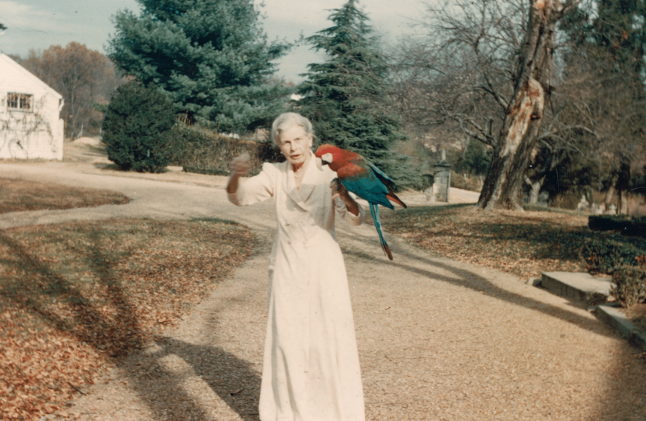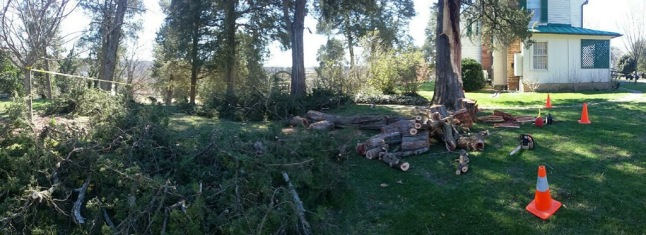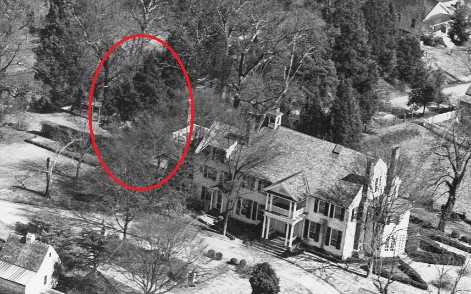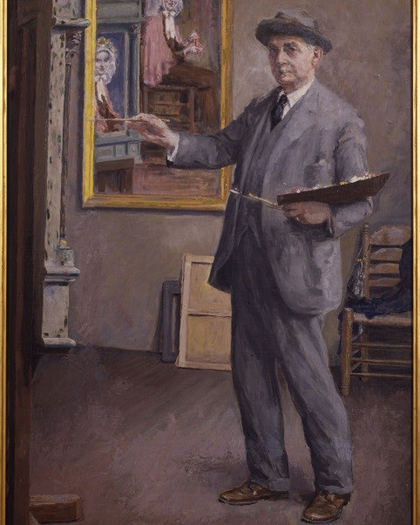I am happy to report that a long-neglected portrait in the Belmont collection is about to have its day in the sun. Thanks to conservation funding from the Margaret Walker Purinton Foundation, Portrait of a Lady and Young Boy has just returned from conservation and it’s a beauty. I have always considered it well painted, but because it was marred by paint loss and a disfiguring scratch, I thought it best to install it over a bedroom fireplace, well away from the discerning eyes of our guests. Consequently, no one has ever been able to appreciate what a fine little portrait it is. It has been hard to give it its due because Gari and Corinne Melchers left us no clue as to the identities of the subjects and what, if any, personal significance the sitters may have had to the couple. It would be useful to know how the picture came into their possession, but that also remains a mystery.
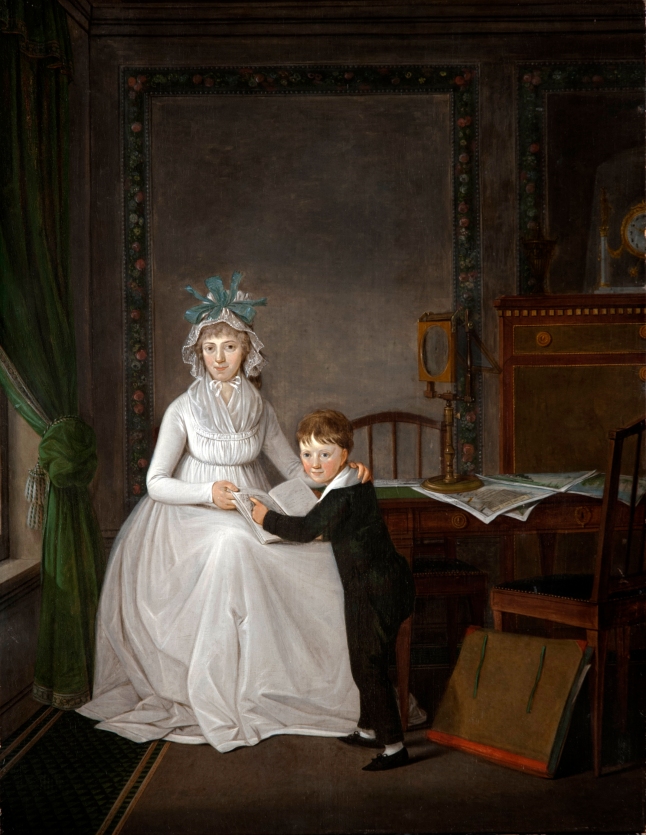
R. V. ?, Portrait of a Lady and Young Boy, circa 1800-1810, oil on panel. Gari Melchers Home and Studio
Represented in our charming double portrait is a little boy with carrot-colored hair and a mature lady whom I assume to be his grandmother. They come to us from a bygone era, she in a fashionable empire gown and mob cap and he in tiny pointed slippers and what is probably his first pair of trousers, still fitted with a drop seat for “easy access.”
The painting is a classic example of a type of portraiture referred to as a conversation piece. The conversation piece is defined as a relatively small painting – ours is 20 x 16 inches – reproducing an informal scene of a family group or a circle of friends within an intimate interior, the intention of which is to reproduce likenesses and extoll the comfort and virtues of domestic life. The genre probably stems from the 17th-century Dutch tradition, but was popularized again in the 18th-century by the neoclassical painter Johan Zoffany, who worked in the court of George III. Thousands of conversation pieces were painted in the 18th-century, and the figures often are merely “portrait-like,” an attractive child or a fashionable woman, for example, but who are, in fact, only stock types. We might have to admit that our own portrait pair might be frauds!
Still, I’ve come to regard our subjects with great curiosity and affection. If they did once live, just exactly who are they? Grandmamma is certainly handsome and genteel. She is also house-proud, purposely planting herself in a well-appointed chamber of the family home. Expensive drapes, carpet and wall paper enhance the beauty of the room, and more lovely things are within her reach, such as the pile of engraved prints and an elegant glass-domed clock. Clocks are often featured in conversation pieces as emblems of Time, the regulator of domestic life. Our lady tenderly rests a hand upon what must be her dearest earthly treasure, the cunning little boy who leans familiarly against her lap, directing our gaze to the open book he balances on her knee.
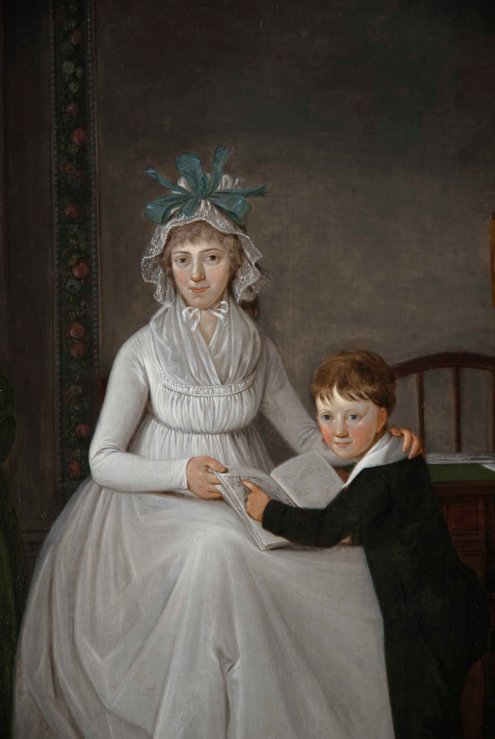
Their identities may never be solved but we may be closer to unlocking that of the artist, thanks to the assistance of our paintings conservator Perry Hurt and art historians from Colonial Williamsburg and the Smithsonian’s National Portrait Gallery. When the portrait underwent conservation treatment, Mr. Hurt discovered the remnants of a signature on the rear of the chair seat at the far right. The signature is nearly indecipherable, but we can just make out the first letter, “R,” followed by the letter “V” or “K,” and followed by what could be letters or numbers.
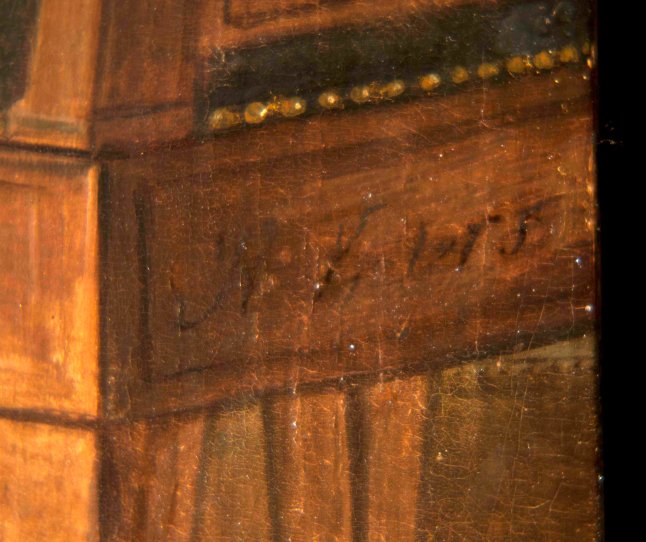
I sent photographs of the freshly restored portrait and details of the signature to art historians of 18th and 19th-century European and American painting. The initials led to a dead end, and there was no clear consensus as to the work being an American or French production. They did agree, however, on a dating of approximately 1800-1810, based on the classicizing style of the costumes and French Directoire furnishings. This style also characterizes the work of both Continental and American portrait miniaturists who were active in the United States at the same time. It is worth noting that Mrs. Melchers, a descendant of old Baltimore and Savannah families, inherited several family likenesses dating to this period. It is entirely possible that the portrait of the old lady and boy is yet another family heirloom.
Laura Barry, Juli Grainger Curator of Paintings, Drawings and Sculpture at Colonial Williamsburg, gave us our next important lead. Our painting reminded her of another, “L’Optique, by the French artist Louis-Leopold Boilly (1761-1845). Boilly was known for his precisely detailed conversation pieces documenting French middle–class life.
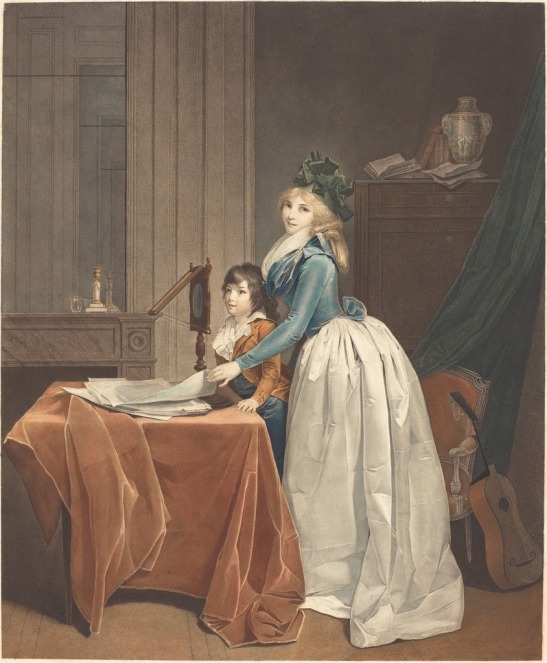
Boilly’s L’Optique (The Optical Viewer), dating to about 1793 and shown here in an engraving of the period, follows a similar formula as our portrait, that of a domestic scene in which a woman and child view engravings of famous land- and cityscapes with the aid of a perspectival glass or zograscope. A perspectival glass is an optical device
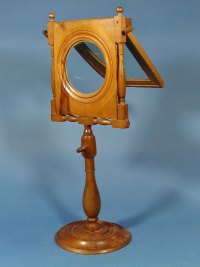
comprised of an angled convex lens and reflective mirror used to heighten the illusion of three-dimensionality when viewing prints. Now I don’t mean to suggest that we have a Boilly, but I simply point out here that “R.V.” whomever that might be, was following in the same tradition as Boilly.
Curiously, Gari and Corinne Melchers, avid art collectors in their own right, collected dozens of these old engraved views, some of which they displayed along their staircase where they continue today. It is just possible the couple acquired the Portrait of a Lady and Young Boy because of their interest in the engravings. Or did they collect the engravings because it was suggested by the content of the painting?
Boilly’s pictures were criticized in his day for being “too Dutch,” meaning too focused on the sphere of the household in emulation of the Old Master painter Gerard Terborch. Gari Melchers made his career in Holland and early on began to collect old masters. He particularly revered Terborch. It stands to reason, then, why Melchers might seriously consider acquiring an image such as the Portrait of a Lady and Young Boy for his own collection.
I hope to reinstall our mystery portrait in a location that will allow closer inspection, but for the time being, it is in storage awaiting a new frame. The frame that formerly housed the portrait was not the original and was ill-suited in style. Please stay tuned. As soon as it goes up on the wall we will announce it!
\

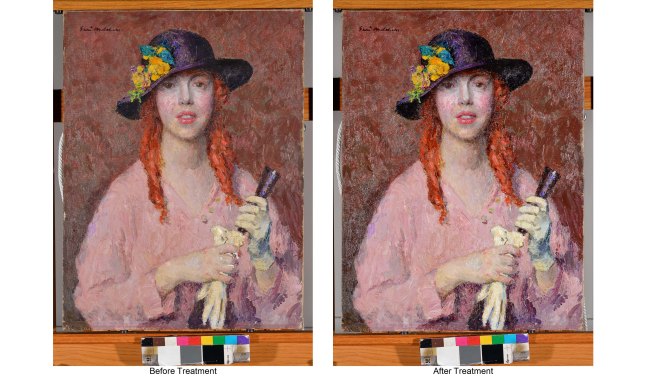
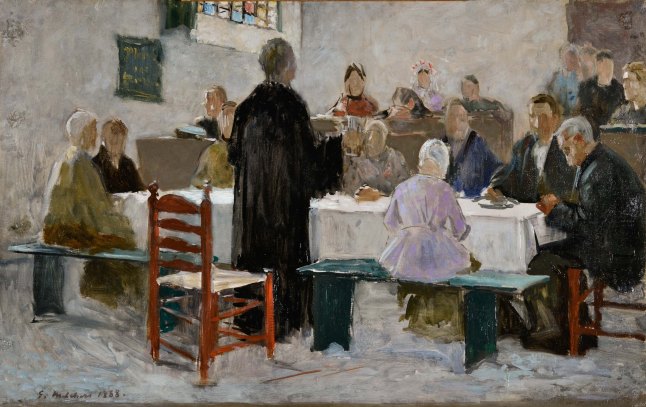

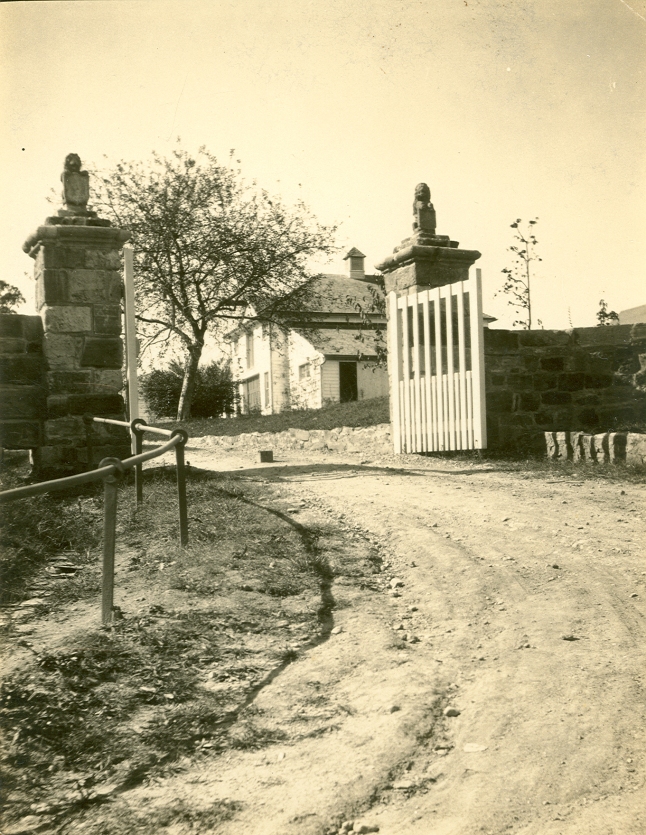












 An
An 




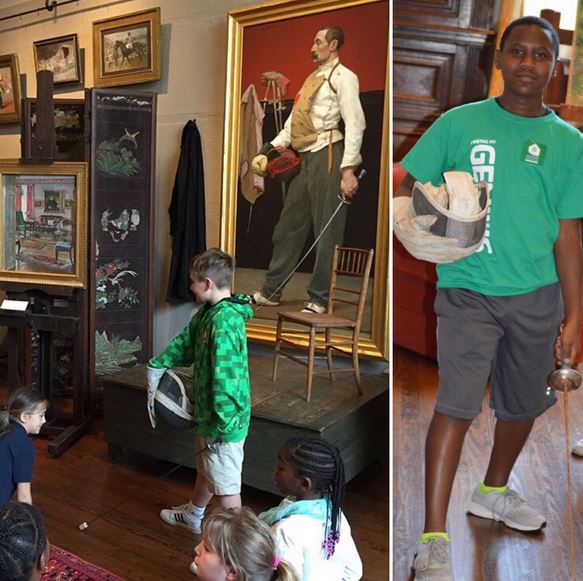


 Keeping historic house tours engaging for visitors can be a challenge, especially children’s tours. The traditional “Listen, don’t touch” guided tour is simply not appealing to youth in today’s digital world. The authors of the ground-breaking manifesto, the
Keeping historic house tours engaging for visitors can be a challenge, especially children’s tours. The traditional “Listen, don’t touch” guided tour is simply not appealing to youth in today’s digital world. The authors of the ground-breaking manifesto, the 